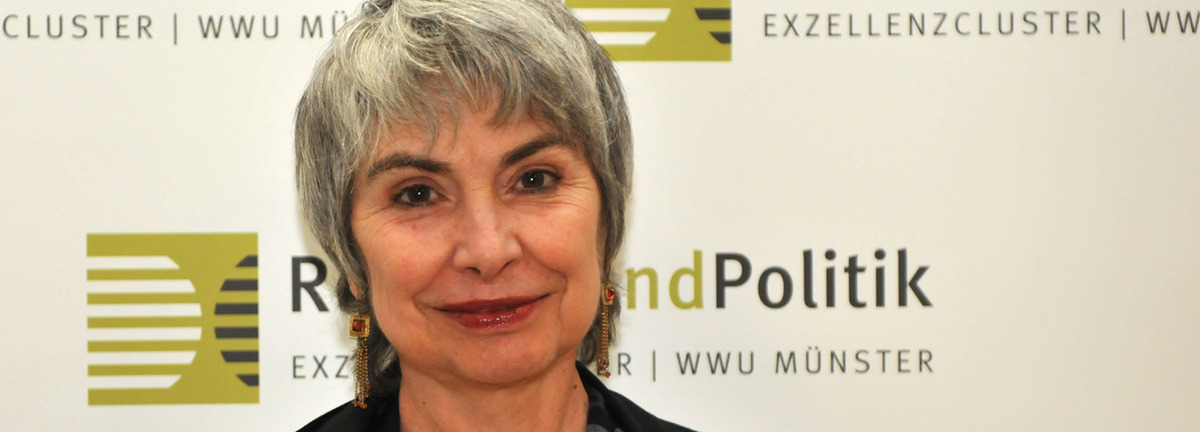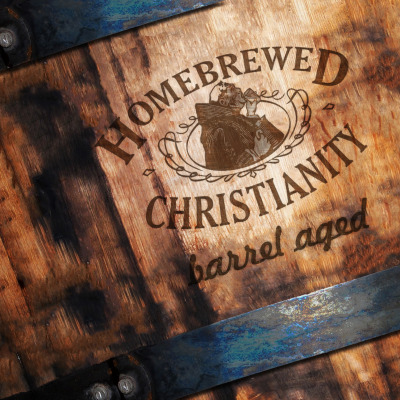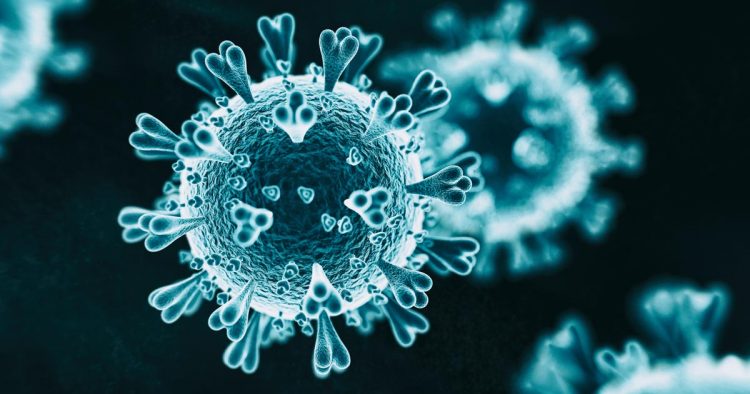Models of God’s Action
http://thomasjayoord.com/index.php/blog/archives/models-of-gods-action
by Thomas Jay Oord
March 1, 2020
A few podcast hosts have asked me to “locate” my theology in relation to other views of God. This is natural, and I like to compare views of God. Comparisons help me explain my Uncontrolling Love of God theology, which I also call Essential Kenosis.
In my book The Uncontrolling Love of God, I explore seven models of God and sketch out their implications. I don’t claim they are the only possible models. But they represent major options for understanding divine action in Christian theology. Here are the models…
In the book, I describe in some detail how each model of God portrays creaturely randomness, free will, goodness, evil, and God’s love and power. Below I’ve excerpted descriptions of each as they address evil. Find a fuller account in The Uncontrolling Love of God.
 |
| Amazon Link |
1 - God is the Omnicause
This model says God causes all things. What appears to be random or activities of free-will creatures are in accordance with God’s will, in such a way that God ultimately makes them happen, as they happen. God is in complete control.
According to this model, all occurrences are part of the “secret providence of God,” to quote John Calvin. “The great works of the Lord are carefully crafted,” says Calvin, “so that in a wonderful and ineffable way nothing happens contrary to his will, even that which is contrary to his will!” Paul Kjoss Helseth, a contemporary advocate of the model, calls it “divine omnicausality.”
This model sounds to critics like God promotes sin and evil. It is hard – in fact, impossible for me – to believe God perfectly loves while also being the ultimate cause of every rape, torture, disease, and terrorist act. To me, this model makes little, if any, sense.
2 - God Empowers and Overpowers
This model of God is most common among “average” Christian believers. It says God creates and empowers humans by giving them free will, at least sometimes. But God sometimes overpowers human freedom or interrupts the causal regularities of existence. God’s will is sometimes permissive and sometimes controlling.
Some versions of Arminian theology embrace the God Empowers and Overpowers model. Arminian theologian, Jack Cottrell, says that “even though [God] bestowed relative independence on his creatures, as Creator he reserved the right to intervene if necessary. Thus he is able not only to permit human actions to occur, but also to prevent them from occurring if he so chooses.” This allows God, says Cottrell, to “remain in complete control.”
Those who embrace this model typically say God does not cause evil. They usually blame human freedom gone awry, chance, or demonic forces. But they believe God permits or allows evil. After all, the God in this model has controlling power.
Although this model may allow advocates to say God is not the source of evil, it makes God responsible for failing to prevent evil. It’s hard to believe God loves perfectly when God can prevent genuine evil. This God may not cause evil but is culpable for failing to prevent it.
3 - God is Voluntarily Self-Limited
This model starts with the premise God essentially has the kind of power to create something from nothing and control others. Despite having the capacity to be controlling, God made a voluntary decision to give freedom to at least some creatures. In doing so, God voluntarily gave up total control but can intervene to control if God desires.
John Polkinghorne is an advocate of the Voluntarily Self-Limited God model. God’s “act of creation involves a voluntary limitation,” says Polkinghorne, “in allowing the other to be.” This means “God does not will the act of a murderer or the destructive force of an earthquake but allows both to happen in a world in which divine power is deliberately self-limited to allow causal space for creatures.”
This model says God could withdraw, override, or fail to offer freedom/agency to creatures. God could momentarily overturn the regularities/natural laws of the universe. But God rarely does so.
I can think of numerous evil events a voluntarily self-limited God should have prevented. This God should momentarily become un-self-limited to prevent those evils. A perfectly loving God should and would prevent genuine evil, if it were possible. Consequently, I cannot believe the God described in this model loves perfectly.
4 - God is Essentially Kenotic / Uncontrolling Love
The God is Essentially Kenotic model says God’s eternal nature is uncontrolling love.
Because of love, God necessarily provides freedom/agency to creatures in each moment. God works by empowering and inspiring creatures of all levels of complexity toward well-being. And God necessarily upholds the regularities of the universe, because those regularities derive from God’s eternal nature of love. God is not a dictator, mysteriously behind the scenes pulling strings.
Although this model says God never totally controls others, it claims God sometimes acts miraculously in noncoercive ways. Miracles occur when God and creatures work in tandem. God providentially guides and calls all creation toward love and beauty.
God’s nature of love logically precedes God’s sovereign will. Kenosis derives from God’s eternal and unchanging nature of love and not from voluntary divine decisions. And because God’s nature is love, God always gives freedom, agency, and self-organization to creatures and sustains the regularities of nature.
This model says God can’t prevent singlehandedly, because God’s love is always uncontrolling. God loves everyone and everything, so God can’t control anyone or anything. I explain this view in The Uncontrolling Love of God and God Can’t: How to Believe in God and Love after Tragedy, Abuse, and Other Evils.
5 - God Sustains as a Steady State Force
This model says God exists as an impersonal force creating and sustaining all creation. God’s steady-state influence never violates the integrity of the universe. The divine presence never varies, and God never interacts in give-and-receive relationships.
Paul Tillich advocates this model of God. “It is an insult to the divine holiness to treat God as a partner with whom one collaborates,” says Tillich, “or as a superior power whom one influences by rites and prayers.”
Overall, this view affirms divine constancy. God sustains the natural laws, creates conditions for creaturely freedom, and makes chance possible. But it fails to offer support to the idea God is personal, interactive, and involved in relations with creation. It fails to give hope that God will act any differently to help when we encounter evil.
6 - God is Initial Creator and Current Observer
This model says that after creating the universe, God did not stick around or stay involved. God created all things, set natural laws in motion, and has since withdrawn. God is now, to quote Bette Midler, “watching us from a distance.”
Historians identify several thinkers during the Enlightenment with this model. It typically goes under the name “deism.” Deist Michael Corey says, God’s creative activity “is confined to the initial moments of creation,” and afterward, God “allowed [the first atoms and molecules] to develop on their own entirely according to natural cause-and-effect processes.”
Corey believes “a God who continually has to intervene to accomplish His creative purposes is clearly inferior… in the same way that a car-maker who is clever enough to design self-building cars is far more impressive than one who has to be directly involved during each step of the creative process.”
Putting God’s action only at initial creation means this model has difficulty explaining how an omnipotent God would have created a world with so much evil. One wonders: is this the best God can create? To use Corey’s illustration, Couldn’t a really clever car-maker design self-building cars that function more reliably?
This model offers no hope God acts to overcome evil eventually or console those in pain now.
7 -God’s Ways are Not Our Ways
Versions of this final model vary widely. Each shares the fundamental belief we ultimately have no idea what God’s actions are like. No language, no analogy, and no concepts can tell us the nature of divine providence. All is mystery.
The technical word sometimes used for this model is “apophatic theology.” It says we cannot describe God or divine activity positively. We can only talk about what God is not.
This model of God obviously cannot provide a satisfying answer to why a loving and powerful God fails to prevent evil.
Advocates of most other models of God resort to this mystery card when their views make little sense. “Remember: God’s ways are not our ways,” they say. In fact, the “God’s Ways are Not Our Ways” view is not probably a model of God’s action at all. But I included it, because many who talk about God and evil eventually appeal to this model.
Conclusion
This is not an exhaustive list of models of God. But I consider these the main ones. These brief sketches give a taste of what each thinks about God’s actions in relation to evil.
I have argued in various publications that the “God is Essentially Kenotic – Uncontrolling Love” model best accounts for evil. This brief essay shows how this model compares to other models of God.
 |
| Amazon Link |










![Faith in a Time of Pandemic (Topical Line Drives Book 39) by [Bruce G. Epperly]](https://m.media-amazon.com/images/I/41yEH6RhPYL.jpg)





![The Uncontrolling Love of God: An Open and Relational Account of Providence by [Thomas Jay Oord]](https://m.media-amazon.com/images/I/41vRXeSobUL.jpg)







